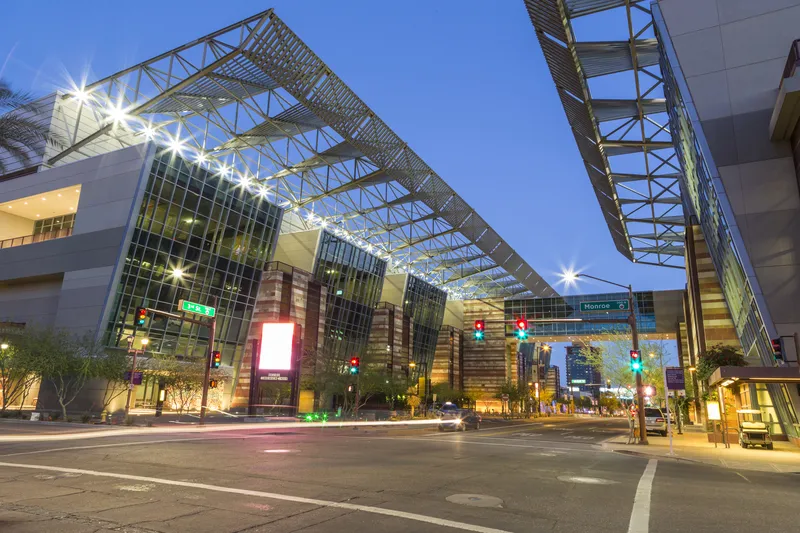The Arizona Department of Transportation (ADOT) has installed a wireless communication system allowing technicians in Phoenix to monitor conditions and adjust signal timing accordingly on State Route 347 through Maricopa.
The system has a series of infrared and video cameras installed at each SR 347 intersection, allowing an ADOT technician in Phoenix to see exactly what is happening and modify the length of traffic signals to improve traffic flow.
Another part of the system automatically monitors tra
December 8, 2016
Read time: 1 min
The Arizona Department of Transportation (ADOT) has installed a wireless communication system allowing technicians in Phoenix to monitor conditions and adjust signal timing accordingly on State Route 347 through Maricopa.
The system has a series of infrared and video cameras installed at each SR 347 intersection, allowing an ADOT technician in Phoenix to see exactly what is happening and modify the length of traffic signals to improve traffic flow.
Another part of the system automatically monitors travel times between intersections using wi-fi signals, such as those from smartphones. That anonymous information can alert ADOT technicians to delays.
Similar systems are used to remotely monitor traffic signals in Nogales, along State Route 77 in the Tucson area and in the Phoenix area.
The technology was installed this past summer in Maricopa. Over the coming months, researchers from the University of Arizona will evaluate the cost-effectiveness of the system.
The system has a series of infrared and video cameras installed at each SR 347 intersection, allowing an ADOT technician in Phoenix to see exactly what is happening and modify the length of traffic signals to improve traffic flow.
Another part of the system automatically monitors travel times between intersections using wi-fi signals, such as those from smartphones. That anonymous information can alert ADOT technicians to delays.
Similar systems are used to remotely monitor traffic signals in Nogales, along State Route 77 in the Tucson area and in the Phoenix area.
The technology was installed this past summer in Maricopa. Over the coming months, researchers from the University of Arizona will evaluate the cost-effectiveness of the system.









